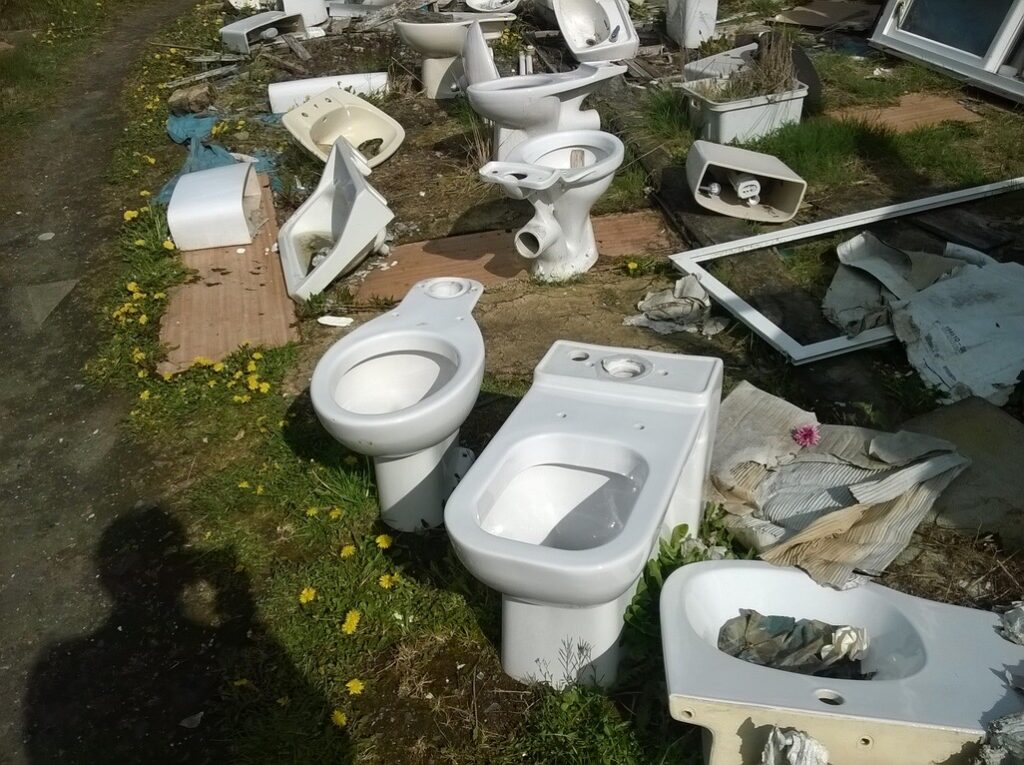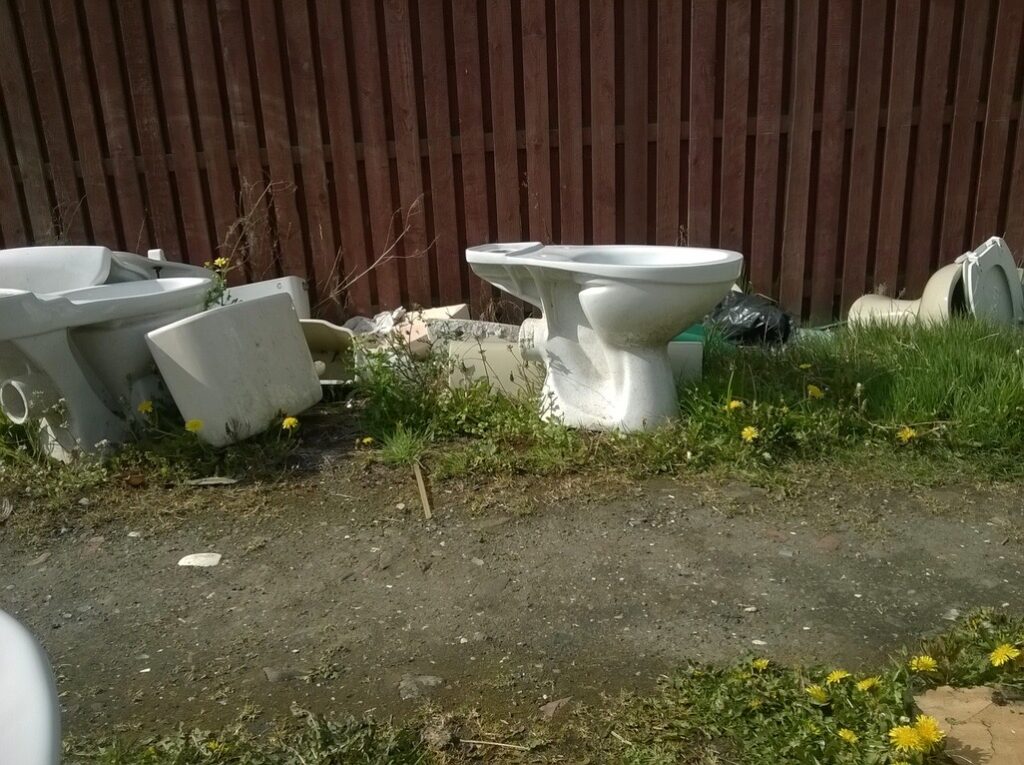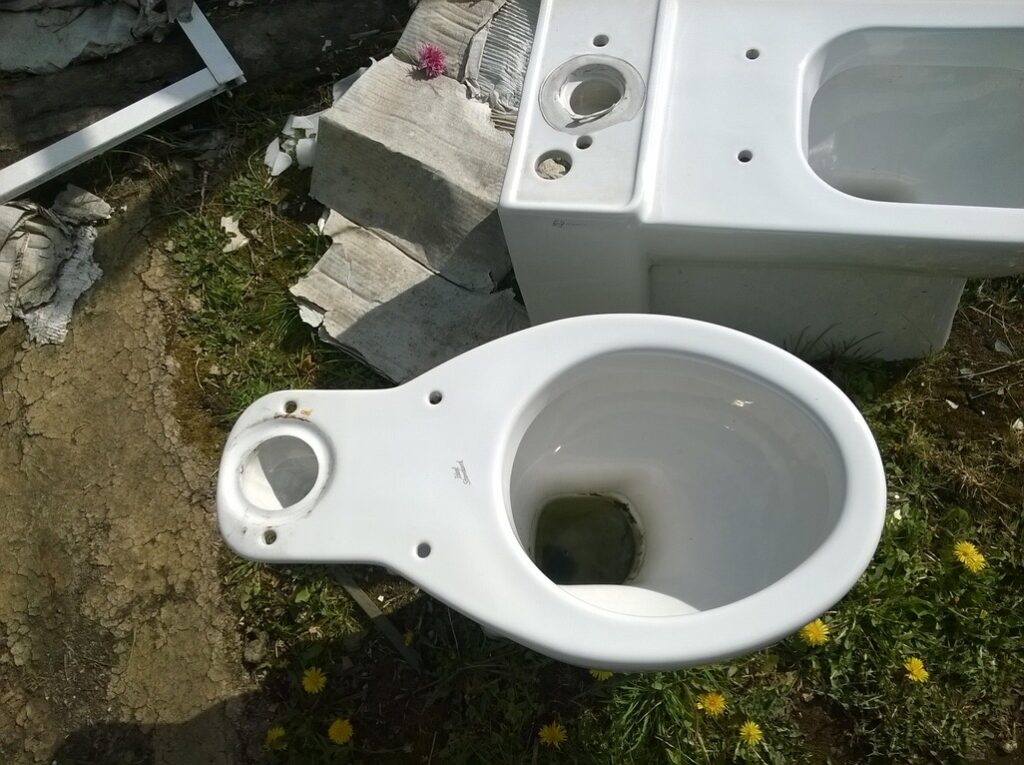There’s a cruel irony to the name “convenience store”. For many who live beside one, there’s nothing remotely convenient about it.
Before dawn, the first delivery lorry shudders into the narrow high street, reversing beepers echoing off the old stone fronts. Metal roll cages clatter onto the pavement, blocking prams and wheelchairs, while engines idle under bedroom windows. Drivers shout to one another — it’s not their fault, they’re just doing their job — and the empty milk crates are piled high on the kerb. By the time the high-vis vanguard of the working day arrives to grab their bacon rolls and cans of Monster, the street is already awake, whether it likes it or not.
This is the new rhythm of the British small town. The convenience store, once the humble off-licence or corner shop, has become the modern anchor tenant — the beating heart of a diminished high street that long ago lost its butcher, baker and haberdasher. Once, the presence of a supermarket on the edge of town was blamed for killing local trade. Now, the local convenience store is hailed as a saviour — and for local authorities desperate to fill empty frontages, it is exactly that. The problem is that its definition of “local service” doesn’t quite match the lived experience of those who live next door.
The New Vibrancy
Policy documents like to talk about “vibrancy” and “mixed use” as if these were self-evident virtues. In theory, a town centre with a convenience store, takeaway, nail bar, vape shop, and betting shop is a mixed economy: open late, diverse in offer, animated by human activity. In reality, it’s a fragile ecosystem of low-margin survival, dependent on constant throughput and low expectations.
The old high street was noisy too, of course — carts, voices, laughter spilling from pubs. But the noise was human, social. What we have now is mechanical: extractor fans, compressors, air-conditioning units, and the steady hum of the “ASHP” — the air-source heat pump that cools the shop down while heating it up, a masterpiece of technological irony. Somewhere in the back, a single shop assistant in a fleece jacket is kept in perfect thermal equilibrium while the rest of the street swelters under the outflow.
Add to this the glow of LEDs, the flicker of refrigeration lights, and the faint hiss of the drinks cabinet cycling on and off, and you have an acoustic and visual palette that would once have signalled a motorway service station. Except this isn’t the M1 — it’s the middle of a Georgian terrace in what used to be a quiet market town.
The New Waste Economy
Then there’s the litter — the modern street’s great leveller. Energy drink cans, crisp packets, scratch-card stubs, plastic bottle tops, disposable vapes. The stuff of everyday convenience, distributed evenly across the pavements and gutters of Britain. The store may have a tidy frontage and a CCTV camera pointed outward, but the detritus of its commerce migrates outward like pollen. By 9am, the nearby bus shelter looks like the morning after a small festival.
Litter is not a moral failing so much as a symptom: of packaging designed never to degrade, of habits designed never to pause, of streets that have become thoroughfares rather than places. The irony is that the council often cleans up diligently — because litter is visible — while ignoring the bigger nuisance: the noise, the fumes, the broken nights of sleep. The tidy pavement is a kind of civic placebo.
The Inconvenience of Convenience
The defining feature of the convenience store is that it’s open when everything else is closed. The defining feature of living beside one is that everything else closes, except the store. It never really sleeps. Its function depends on constant access: customers, suppliers, couriers, taxis, all needing to stop right there, often illegally but always with good reason.
The traditional transport tools — parking bays, delivery windows, loading restrictions — belong to a vanished era when shop hours were predictable and trade followed a clock. Now, the store is a perpetual motion machine, feeding off the insomnia of modern life. Yet local policy still operates on 20th-century assumptions: that deliveries happen “during business hours,” that residential amenity can be preserved by “reasonable limits,” that planning conditions will be respected because people are, fundamentally, reasonable.
Try telling that to the resident whose front window faces a high-rev diesel van at 10:45 p.m., hazard lights flashing while crates of bottled water are lugged inside. The council’s parking warden will be fast asleep — but the resident won’t be.
A Disconnect of Policy and Place
There’s a deeper policy disconnect here. Departments talk to themselves, not to each other. Planning policy encourages “mixed-use town centres” while transport policy assumes orderly, daytime loading. Environmental health chases statutory decibel thresholds that rarely capture the real nuisance: the cumulative, low-grade stress of continuous hums and pings, not the single shriek of a car alarm.
Meanwhile, parking enforcement in residential areas is zealous to the point of paranoia. Park even briefly in a quiet cul-de-sac and the pitchforks appear — metaphorical or otherwise. The same residents who rage against a stranger’s parked car will tolerate the endless churn of vans outside the “Premier” or “Londis” because it is, apparently, “part of town life.” This double standard isn’t hypocrisy — it’s disorientation. We no longer know where the boundaries of home and commerce lie, because the physical boundary has dissolved.
Town centres are now a strange hybrid: part retail park, part dormitory, part delivery depot. The official language — “vibrant,” “sustainable,” “diverse” — disguises the truth that we have normalised low-quality coexistence. The result is not community, but fatigue.
The Romance of the Past, the Reality of the Present
It’s easy, perhaps too easy, to romanticise the old high street — the butcher wiping his hands on his apron, the grocer calling your name, the weekly rhythm of market day. It was never as idyllic as we remember, but it was legible. It had a shape, a beginning and end to the day, a mutual understanding of what was acceptable.
What we have now is permanent partial activity: nothing ever quite shuts, and nothing ever quite thrives. The convenience store is the physical embodiment of our restlessness — a miniature supermarket, open late, always bright, never silent. It stands as a proxy for civic life, but it serves private habits. Its function is not to gather people, but to keep them going.
The local councils that celebrate them as “anchors” are not wrong — they do anchor the high street, but only because everything else has drifted away. The chain store, the betting shop, the vape outlet, the takeaway — all share the same business model: constant low-margin throughput, minimal investment, minimal roots. They are, in a sense, the visible infrastructure of our isolation.
Second-Hand Conveniences
Perhaps the best metaphor for this whole evolution is that photograph of the “second-hand conveniences” for sale in the local junk shop. Once functional, now redundant — porcelain relics of an age when the word “convenience” meant plumbing, not 24-hour retail. The image captures the absurdity of our modern high streets: old pipes replaced with new, but the same waste endlessly circulating.
The problem is not the individual store. It is the systemic acceptance that this is the best we can do — that the pursuit of “convenience” is progress, and that its collateral damage is the price of vitality. Yet what it delivers is not vitality at all, merely motion. A hum. A constant low-level churn that fills the silence once reserved for the human voice.
The Price of Always On
In our zeal to keep towns alive, we’ve forgotten that life also requires rest. A living town is not one that never sleeps — it’s one that wakes and sleeps with its people. It has rhythms. It breathes. The convenience store, by contrast, is a lung that never exhales. Its lights are perpetual daylight, its machines a constant exhalation of heat and sound. The cost of its “convenience” is measured not just in kilowatts or packaging, but in the erosion of boundaries — between day and night, work and rest, private and public.
We’ve built an urban ecology that celebrates consumption while punishing stillness. The resident who complains is a “nimby”; the customer who double-parks is a “valued patron.” We are told to be grateful that something is open, anything, because so much else is not. But gratitude fades when the bins overflow and the air hums with compressors at 2 a.m.
Conclusion: A Civic Irony
In the end, An Inconvenient Store is not a complaint about one shop, or even one town. It’s a parable about how our pursuit of convenience has made us collectively less comfortable, less connected, less at ease. The high street has been saved, but in a form its founders would not recognise — an always-on machine powered by caffeine, refrigeration, and the anxiety of missing out.
Everyone still knows everyone, it’s true — but for all the wrong reasons. The neighbour knows which van blocks the drive each morning; the cashier knows who will buy cider at 10.59 p.m.; the council knows precisely how little it can do.
And so the lights stay on, the ASHP hums, the bins overflow, and the hum of “vibrancy” continues. Progress, apparently, has arrived — just not quite as we imagined it.




Customer Warning: Aside from the images, this article was written completely by using OpenAI’s ChatGPT 5
You must be logged in to post a comment.